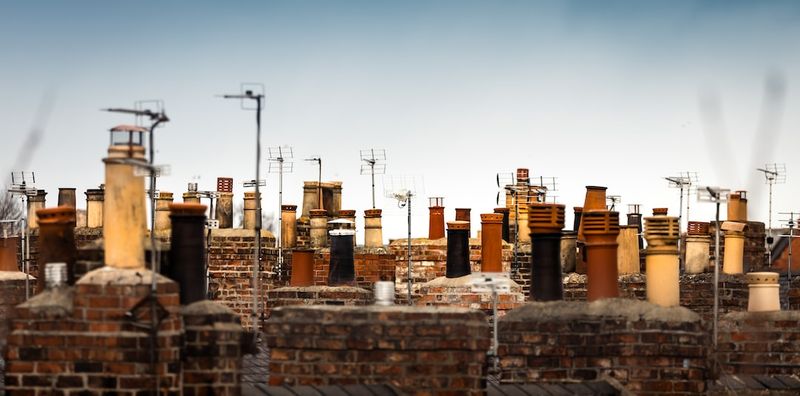Kilauea Eruption: How a Natural Disaster Impacts Hawaii
On June 7, 2023, the Kilauea volcano, located on the Big Island of Hawaii, erupted, marking its fourth eruption in three years. The eruption began around 4:44 a.m. local time, and within an hour, the lava was spreading across Kilauea’s summit, creating a “totally incandescent” scene. The U.S. Geological Survey’s Hawaiian Volcano Observatory upgraded Kilauea’s volcano alert level to a watch and its aviation color code to red as this eruption and associated hazards are evaluated. Although there are no major threats to infrastructure or human life, the gas fumes coming off the volcano pose a threat.
Kilauea: Youngest and Most Active Volcano
Kilauea is the youngest and most active volcano on the Big Island of Hawaii. The volcano first formed underwater roughly 280,000 years ago and is considered to be a fairly typical shield volcano. Kilauea’s slopes resemble that of a shield lying on the ground. It is the smaller, younger sibling to Mauna Loa, the world’s largest active volcano.
Kilauea’s Eruptions
Kilauea erupted almost continuously from 1983 to 2018, resulting in the most destructive eruption ever recorded in its history. It became active again in 2020, and the eruption on June 7th marked Kilauea‘s fourth summit eruption since then. the previous one took place in March of this year. The volcanic eruptions in the past were abrupt, sometimes with only an hour’s notice. Over the past month, Kilauea began to send some signs with its swelling angle and increased earthquake activity.
Philosophical Discussion
The eruption of Kilauea, much like other natural disasters, highlights the volatility of our planet and the impact it can have on human life. The incident reminds us of the fact we are living on a living planet, where the Earth’s molten core and tectonic plates are constantly shifting. The eruption is an indicator of the natural forces that have been at play since the beginning of our planet’s formation and have shaped our planet into what it is today.
Editorial
While natural disasters like the Kilauea eruption cannot be prevented, the impact on human life and infrastructure can be reduced through preparation and appropriate responses. In this scenario, local authorities and evacuation teams can ensure public safety by following established protocols and guidelines that take into account the nature of the disaster, such as the gas fumes that Kilauea is currently emitting. It is essential for authorities to make people aware of the potential risks of natural disasters and educate them on how to respond to them. Individuals can also play their part in reducing the impact of natural disasters by being prepared and aware of the potential risks depending on the region where they are located. All in all, a collective effort is key to reducing the impact of natural disasters.
Advice
With Kilauea’s eruption status upgrade, it is advisable for people in the area to remain alert and follow guidelines issued by the local authorities to ensure their safety. It is important to monitor the news and updates on the status of the volcano to stay informed. For those looking to travel to Hawaii soon or in the future, it is suggested that they check the latest news and updates on the situation before traveling to ensure their safety.

<< photo by Tirachard Kumtanom >>
You might want to read !
- The Dangers and Disruptions of Popocatepetl Volcano’s Ongoing Eruptions
- Tony Kanaan Reminisces on the Bonds of Friendship and Memories with the Late Indy 500 Legend.
- Facebook owner Meta lays off business teams in latest restructuring move
- Exploring the Life and Legacy of the Electrifying Tina Turner
- “Desperate Search for Survivors: Rescue Teams Race Against Time”
- The Wrath of Typhoon Mawar: Tracking Its Fury Through Guam and Beyond
- Exploring the Impact of Typhoon Mawar on Guam: Heavy Rain and Strong Winds Pound the Island
- “The Full Strawberry Moon: A Guide to Witness June’s Breathtaking Lunar Phenomenon”




